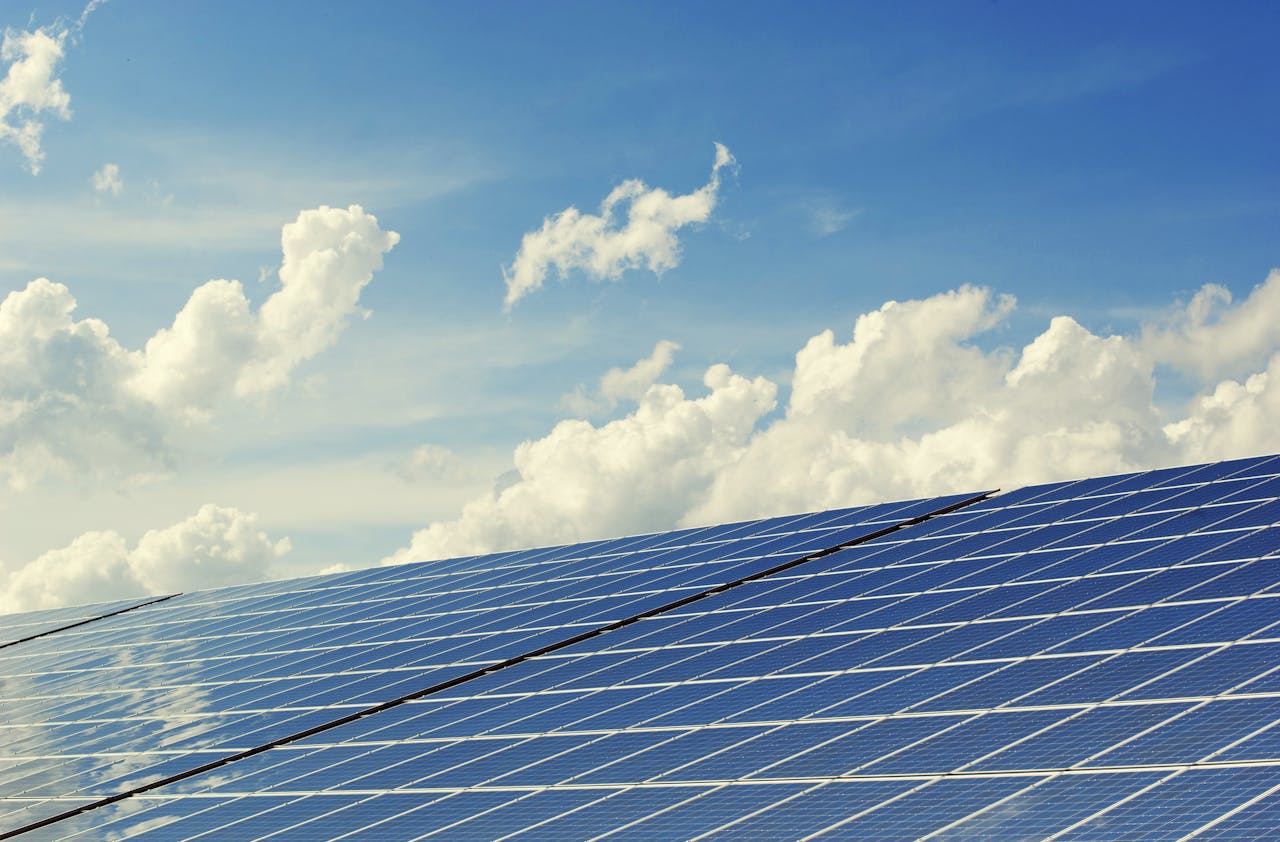
Researchers at the U.S. Department of Energy’s National Renewable Energy Laboratory (NREL) in Golden have found that improving module efficiency and expanding manufacturing capacity can help lower costs for metal halide perovskite/silicon tandem solar modules. The study suggests that each cost lever can play a similar role, depending on a manufacturer’s ability to scale up and enhance module performance.
Currently, most photovoltaic (PV) modules use single-junction silicon solar cells. By pairing silicon with metal halide perovskites (MHPs), manufacturers can create tandem modules that convert more sunlight into electricity. However, this technology is still in the early stages, and there are several approaches under investigation to integrate MHPs and silicon, with uncertainties regarding cost and performance.
To address these uncertainties, researchers developed a manufacturing cost model that combines laboratory processes with current equipment and supply chains to explore various approaches at scale. They evaluated different methods for constructing tandem modules and analyzed how factors such as materials, production equipment, factory location and factory throughput affected manufacturing costs.
“One of the questions that this paper answers is, what is the value of that efficiency,” said Jacob Cordell, lead author of the paper, “Technoeconomic analysis of perovskite/silicon tandem solar modules,” published in the journal Joule. “One key takeaway is that a 2.5% absolute efficiency gain in a module provides the same reduction in cost per nameplate capacity as doubling the size of your factory.”
The researchers utilized the Detailed Cost Analysis Model (DCAM), which is publicly available, to test various scenarios, including location-based costs and manufacturing incentives. This model enables companies and researchers to examine how different processes and materials might impact costs. However, the model does not consider energy production or module lifespan, which are also being studied.
The analysis began with a baseline model where a manufacturer produces 25%-efficient modules in the United States at an annual capacity of 3 gigawatts. Researchers compared efficiency and manufacturing output to determine how module costs would change with increased power-generating capacity. “That shows the power of research for improving the efficiency of the device and reducing the cost per watt of the module,” Cordell said.
The study, coauthored by Michael Woodhouse and Emily Warren, indicates that module efficiency is a critical factor for predicting tandem module costs due to the variability of other factors that need to evolve to achieve the efficiency and durability required for commercial viability. Tandem modules must achieve at least 25% efficiency to be competitive with other solar technologies.
Future steps for commercializing perovskite/silicon tandem modules include improving the technology’s reliability in the field and scaling high-efficiency devices to full module sizes while ensuring performance. The research was funded by the U.S. Department of Energy’s Solar Energy Technologies Office. NREL serves as the primary national laboratory for renewable energy research and development, operated by the Alliance for Sustainable Energy LLC.


